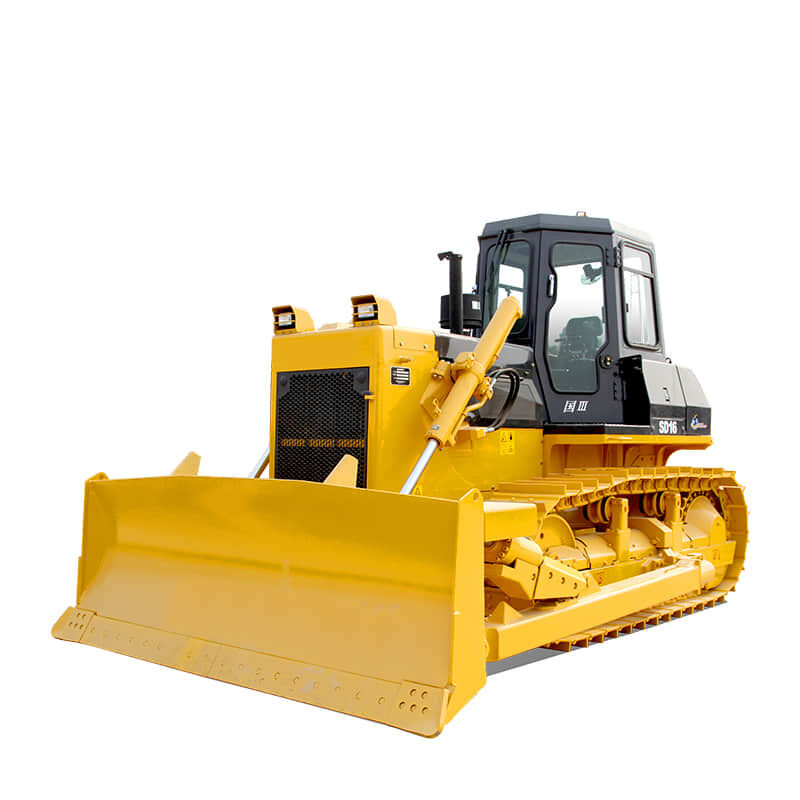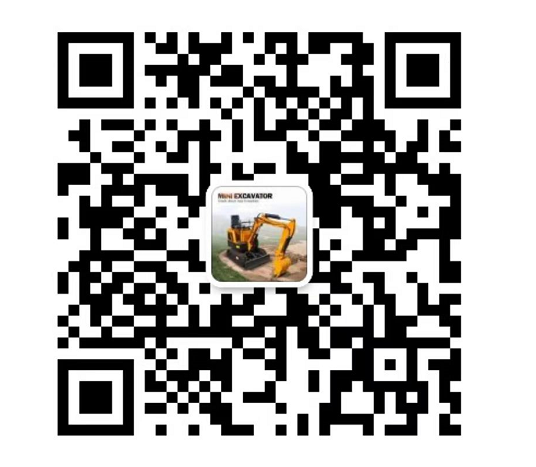I. Product Introduction
Bulldozers are essential heavy-duty construction machinery widely used in various earthmoving and land leveling projects. They are characterized by a powerful pushing blade at the front, which enables them to move large amounts of soil, rocks, and debris with ease. With robust construction and reliable performance, bulldozers play a crucial role in infrastructure construction, mining, and land development, facilitating the efficient transformation of the terrain.
II. Product Advantages
- Powerful Engine
-
- High Horsepower Output
Bulldozers are equipped with engines that possess high horsepower. This allows them to generate substantial power to overcome tough resistance when pushing heavy materials. For example, in large-scale mining projects where there are massive piles of overburden to be moved, the high horsepower of the bulldozer's engine ensures it can steadily and forcefully push the rocks and soil aside, enabling the progress of the mining operation.
-
- Excellent Torque Performance
The engine of a bulldozer also has excellent torque performance. Torque is crucial for providing the necessary rotational force to drive the tracks and move the heavy machine forward while exerting a strong pushing force. Whether it's working on soft ground or uphill slopes, the good torque enables the bulldozer to maintain stable operation and effectively complete the pushing task without getting stuck or losing momentum.
-
- Advanced Engine Technology
Modern bulldozers adopt advanced engine technologies. These include features like fuel injection systems optimized for better fuel combustion efficiency, reducing fuel consumption while maintaining powerful performance. Also, engine management systems are designed to monitor and adjust various parameters in real-time, ensuring the engine operates at its best condition under different working loads and environments.
- High Operational Efficiency
-
- Efficient Blade Design
The pushing blade of the bulldozer is carefully designed for high efficiency. Its shape and angle can be adjusted according to different working requirements. For instance, when leveling a large construction site, the blade can be set to a specific angle to evenly spread the soil. In addition, some blades are equipped with special wear-resistant materials or coatings to increase their durability and reduce the frequency of maintenance, thus enhancing the overall operational efficiency.
-
- Quick Maneuverability
Despite their heavy weight, bulldozers have relatively good maneuverability. They can turn and change directions smoothly, thanks to the advanced design of their undercarriage and steering systems. This enables them to quickly move from one working area to another or adjust their position precisely during the operation, saving valuable working time and improving the efficiency of the entire project.
-
- Intelligent Control Systems
Many modern bulldozers are equipped with intelligent control systems. These systems can automatically adjust the speed, power output, and blade operation based on the terrain and the resistance encountered. For example, when encountering a harder layer of soil, the system will increase the engine power and adjust the blade's pushing angle to ensure continuous and efficient work, reducing the need for manual intervention and maximizing the working efficiency.
- Large Loading Capacity
-
- Spacious Blade Volume
The blade of the bulldozer has a large volume, which means it can hold and move a significant amount of material in one pass. In land clearing projects, for example, a bulldozer with a large blade can quickly gather and transport fallen trees, bushes, and other debris, effectively reducing the number of trips required and speeding up the overall cleaning process.
-
- Sturdy Structure for Heavy Loads
The entire structure of the bulldozer is built to withstand heavy loads. The chassis, tracks, and other components are made of high-strength materials and have a solid design. This ensures that when the bulldozer is fully loaded with soil or rocks, it can still move stably and safely, without any risk of structural damage. Moreover, the strong structure also allows for continuous operation under heavy load conditions for extended periods, further demonstrating its large loading capacity advantage.
-
- Enhanced Material Handling Ability
In addition to the blade's size and the machine's structural strength, bulldozers also have features that enhance their material handling ability. Some models are equipped with additional attachments or modifications that can help break up large chunks of material before pushing them, making it easier to handle and transport materials of different sizes and consistencies, thereby increasing the effective loading capacity.
III. Product Operation Guide
- Pre-Operation Inspection
Before starting the bulldozer, carefully check the engine oil level, coolant level, and hydraulic fluid level. Inspect the tracks for any signs of damage or looseness. Examine the pushing blade to ensure it is properly attached and in good working condition. Also, check all the control levers and pedals to make sure they are functioning smoothly.
- Starting the Bulldozer
Sit in the operator's seat and fasten the seatbelt. Insert the key into the ignition switch and turn it to start the engine. Let the engine warm up for a few minutes until it reaches the proper operating temperature. During this time, observe the instrument panel for any warning lights or abnormal readings.
- Operation During Work
Use the control levers to adjust the speed and direction of the bulldozer. To operate the pushing blade, manipulate the corresponding lever to raise, lower, or tilt it according to the actual work needs. When pushing materials, approach the pile slowly and steadily, and gradually increase the pushing force. Pay attention to the terrain and any obstacles in front to avoid getting stuck or causing damage to the machine.
- Post-Operation Maintenance
After finishing the work, turn off the engine and let the bulldozer cool down for a while. Clean the machine, especially the tracks and the blade, to remove any dirt, debris, or stuck materials. Check for any signs of wear or damage again and record any issues for maintenance. Regularly service the bulldozer according to the manufacturer's recommended maintenance schedule to ensure its long-term reliable performance.










